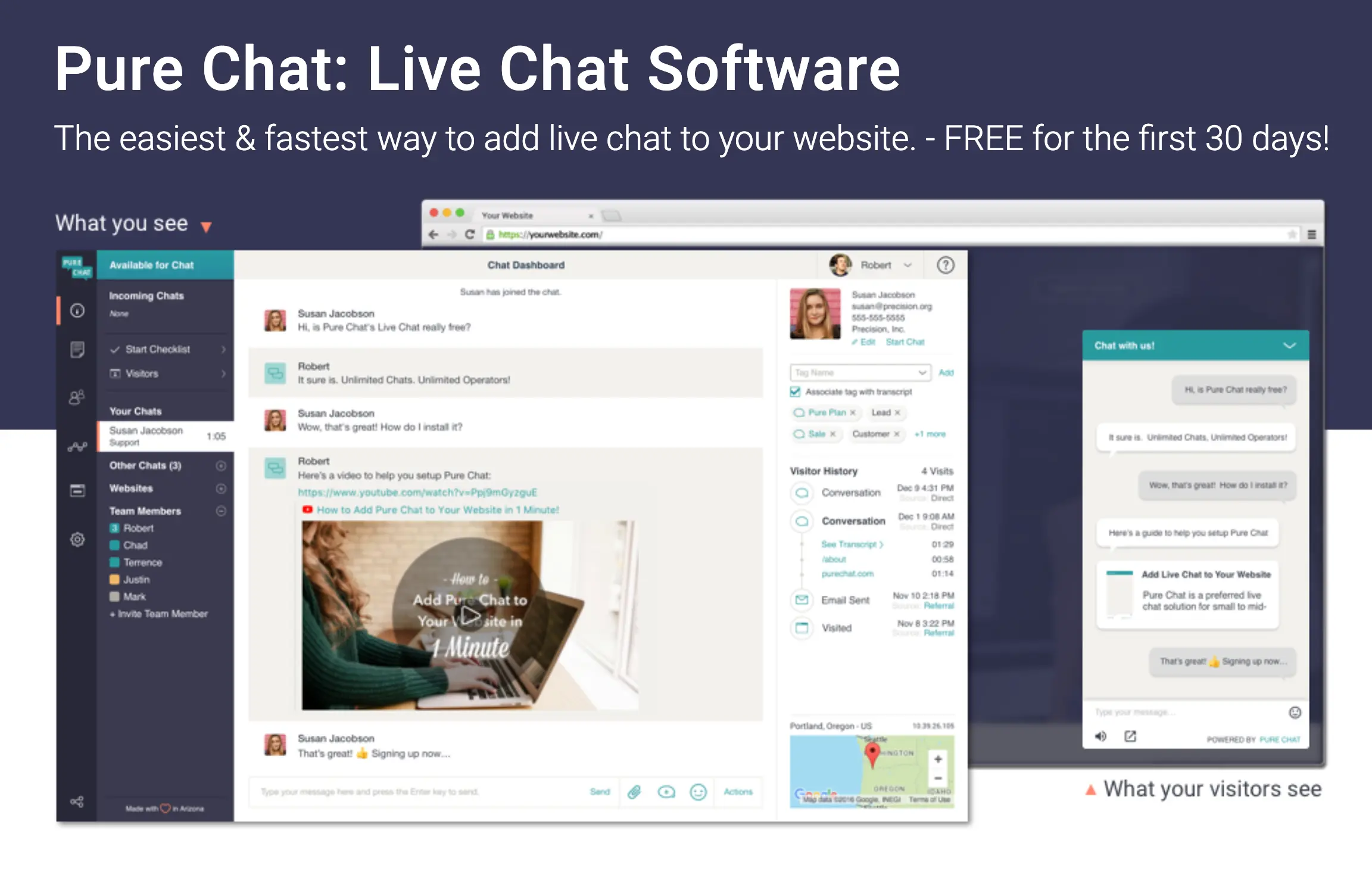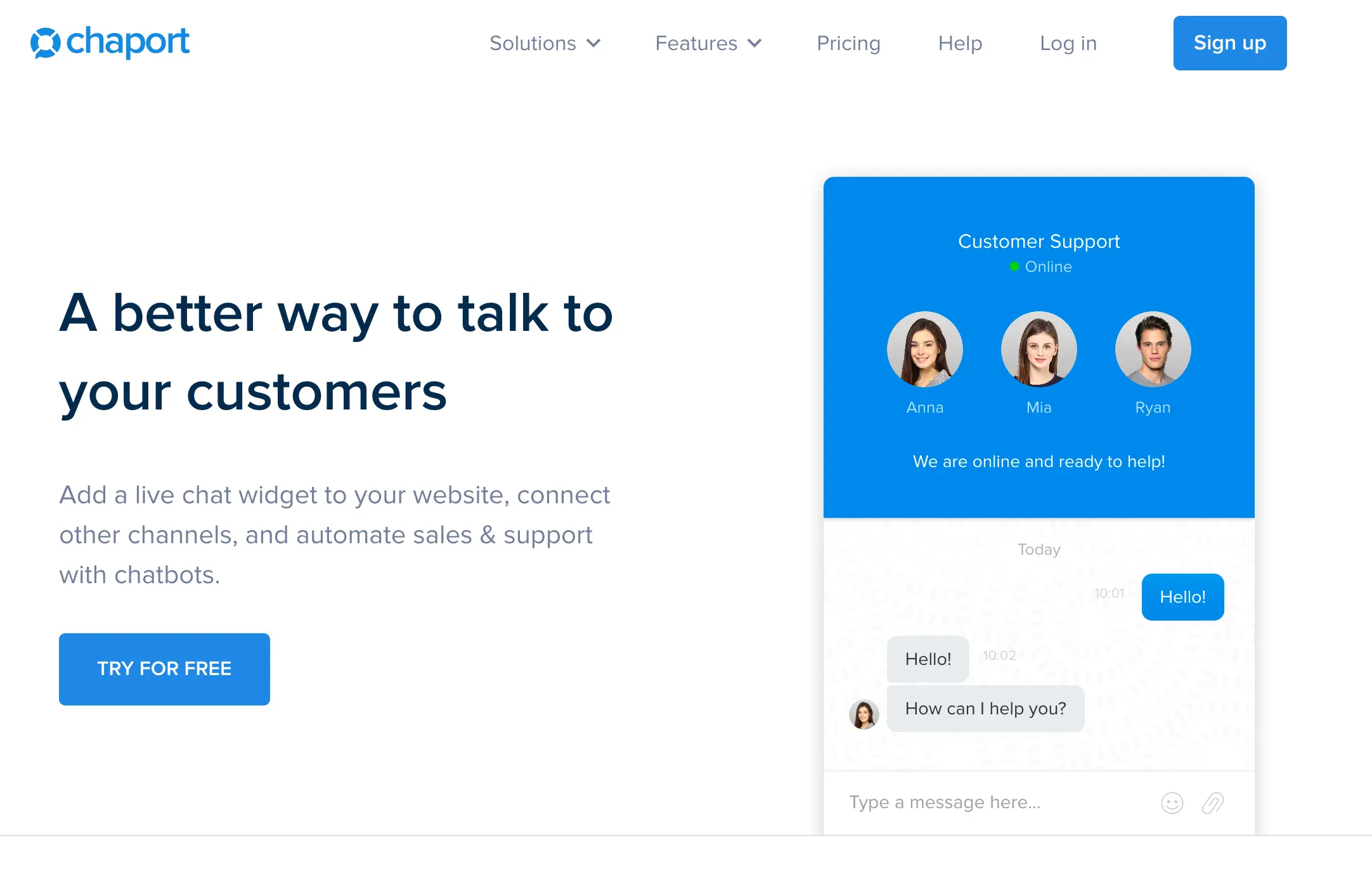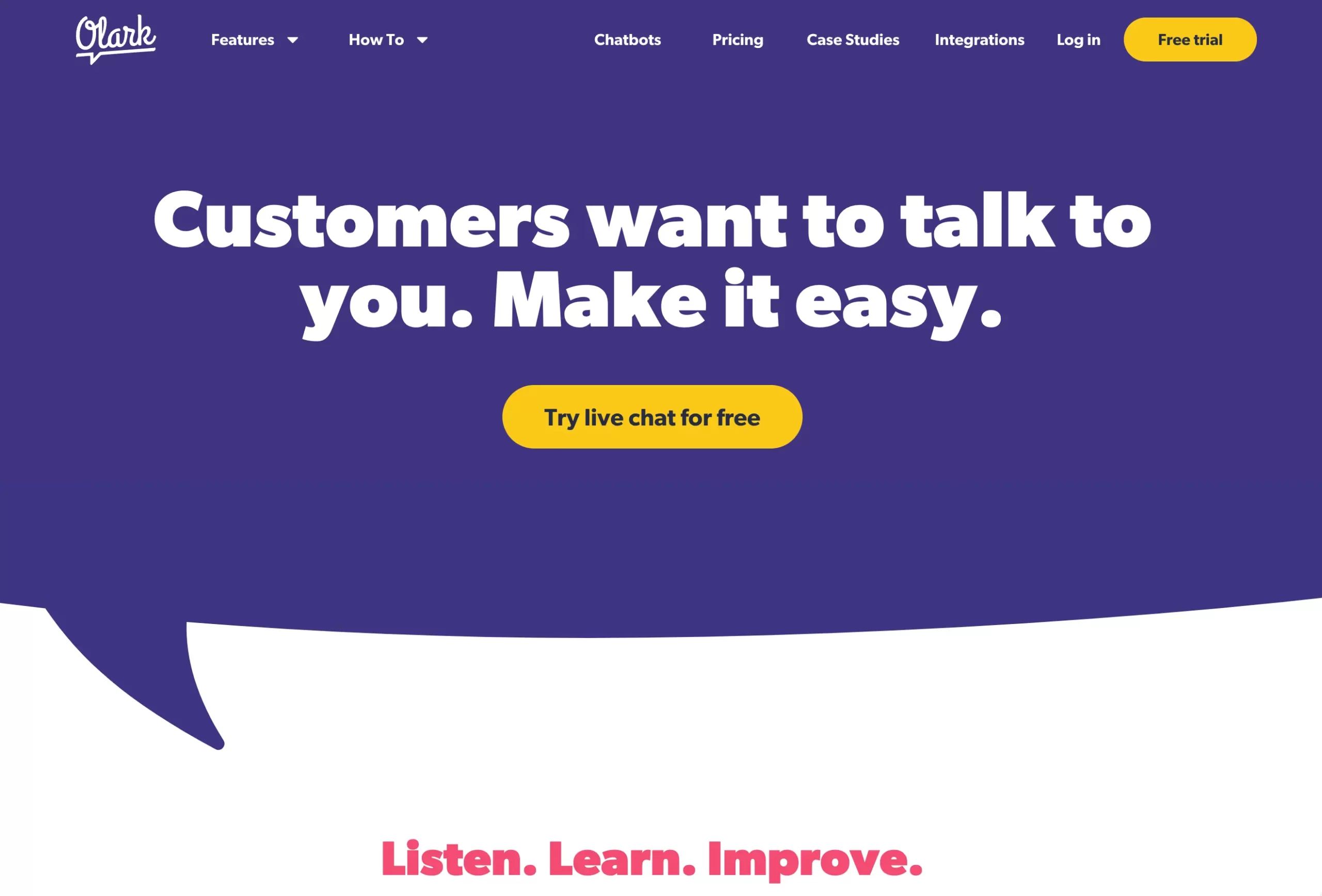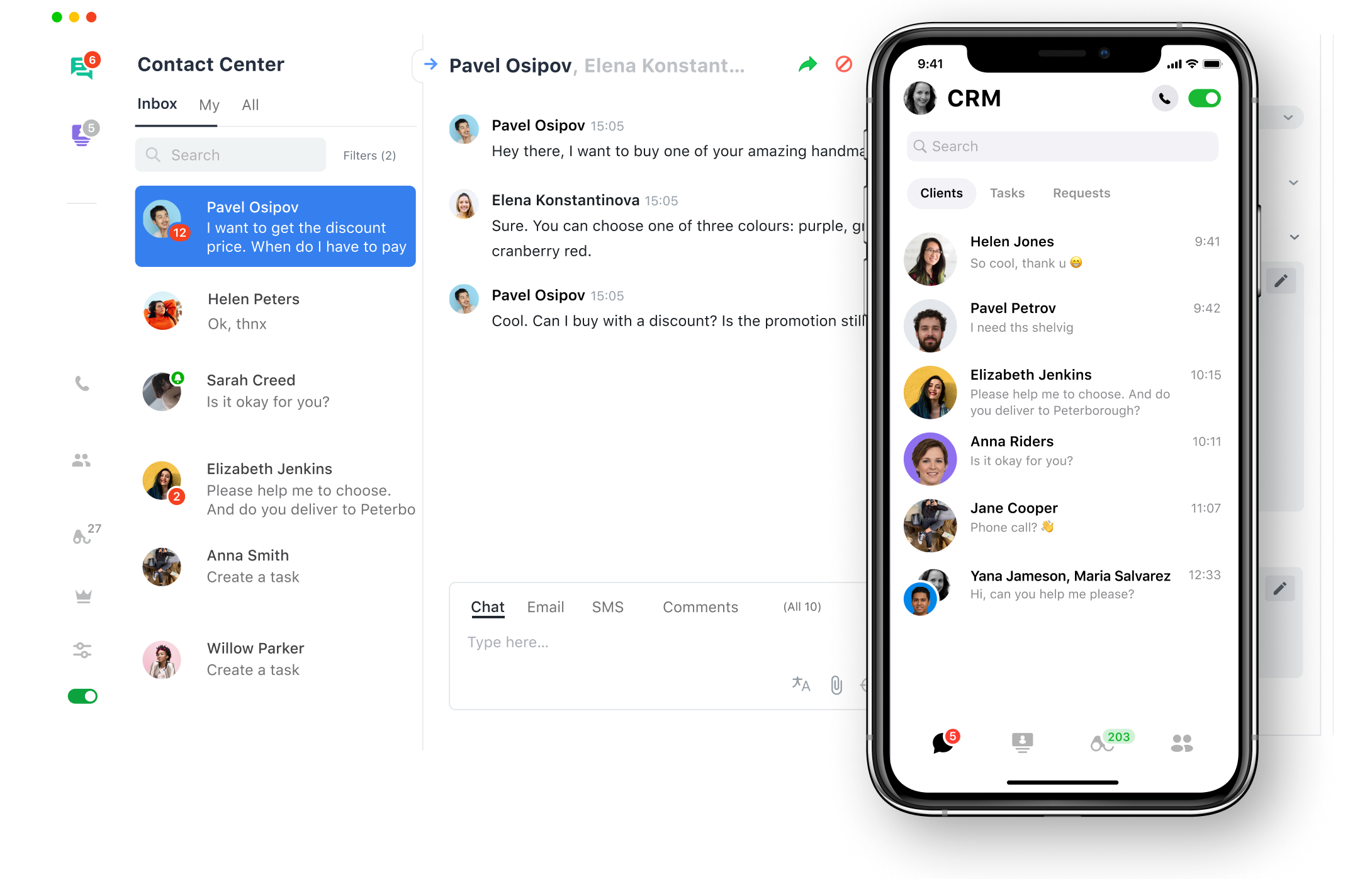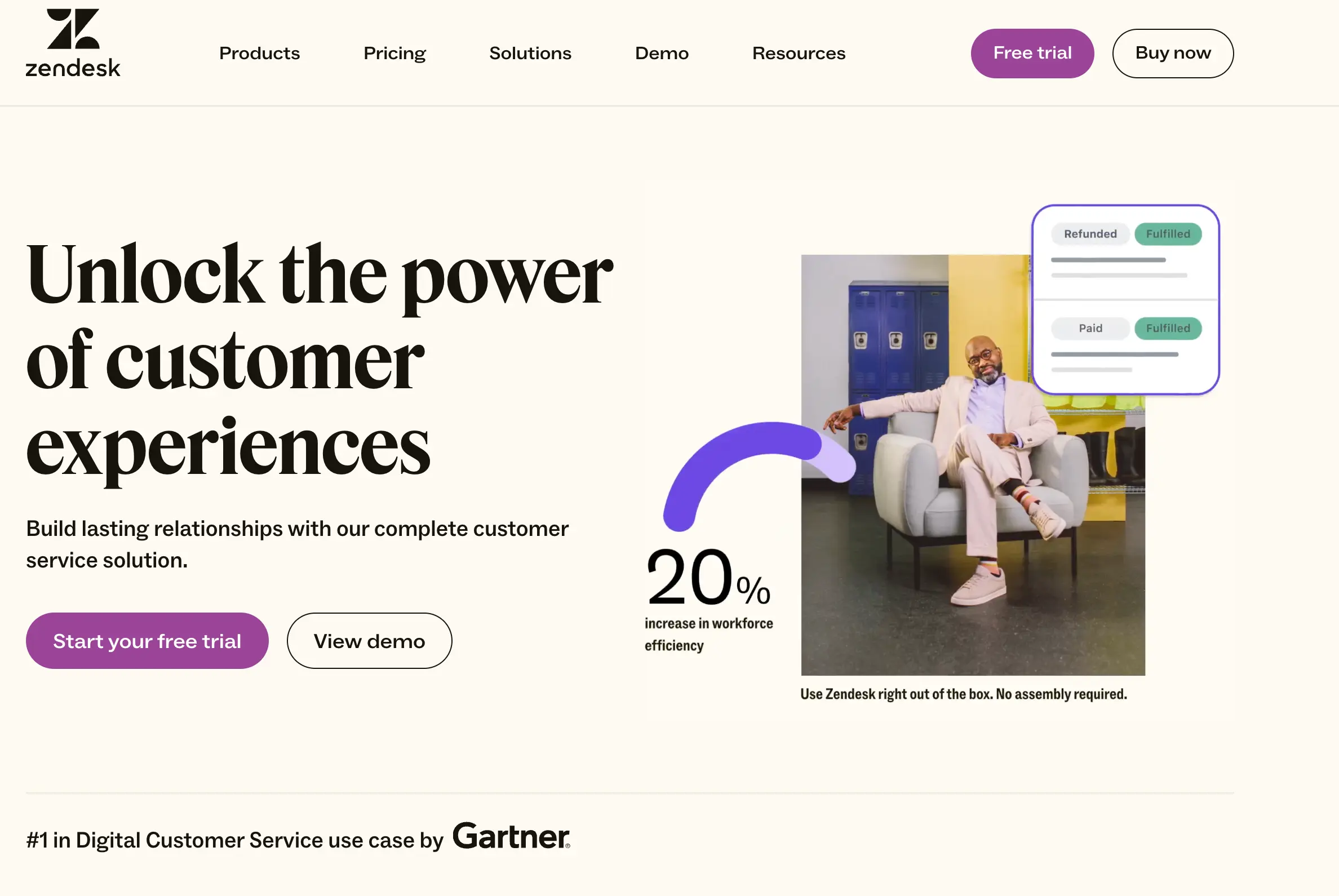
In this Zendesk review, I’ll examine the chat, support, and messaging features offered by the Zendesk platform for customer service agents.
Unlike many other solutions offering live chat and messaging functionality, Zendesk is a comprehensive CX platform.
The technology combines many different features into an all-in-one toolkit for intelligent interactions.
With Zendesk for Service, business leaders can create help center FAQs, monitor agent productivity, manage support tickets, and more, all in the same unified interface.
Here, I’ll compare the capabilities, pricing, and pros and cons of Zendesk for Service to some of the best live chat software.
Compared to other tools for digital customer support, Zendesk offers an impressively streamlined and feature-rich experience.
The SaaS solution combines multiple tools for conversational service with powerful analytics, valuable integrations, and smart routing and intelligence.
Alongside a compelling unified inbox, you’ll have access to various collaboration tools to boost agent efficiency, self-service solutions, and immersive digital dashboards for tracking crucial metrics.
However, it’s worth noting this platform does have a slightly higher learning curve than some of the simpler options on the market.
Additionally, you may end up paying a little more than expected if you want to leverage innovative capabilities like AI chatbots, advanced security, and live agent activity overviews.
Try Zendesk For Free
Zendesk Key Features
It’s worth noting at the beginning of this review that the Zendesk company offers software in two different segments: Zendesk for Sales and Zendesk for Service.
While there are some overlapping features in the two options, Zendesk for Service focuses more on optimizing the customer journey with customer support tools, self-service options, and bots.
Today, I’m looking specifically at Zendesk for Service, which includes access to the unified inbox system, messaging and live chat, and a customizable help center.
Let’s take a closer look at the core features you can expect from Zendesk for Service.
The Unified Inbox and Ticket Management
The Zendesk unified inbox is at the heart of the digital customer support platform.
It’s essentially an all-in-one workspace where business leaders can connect their support channels to the same interface, from email and messaging to live chat and even voice.
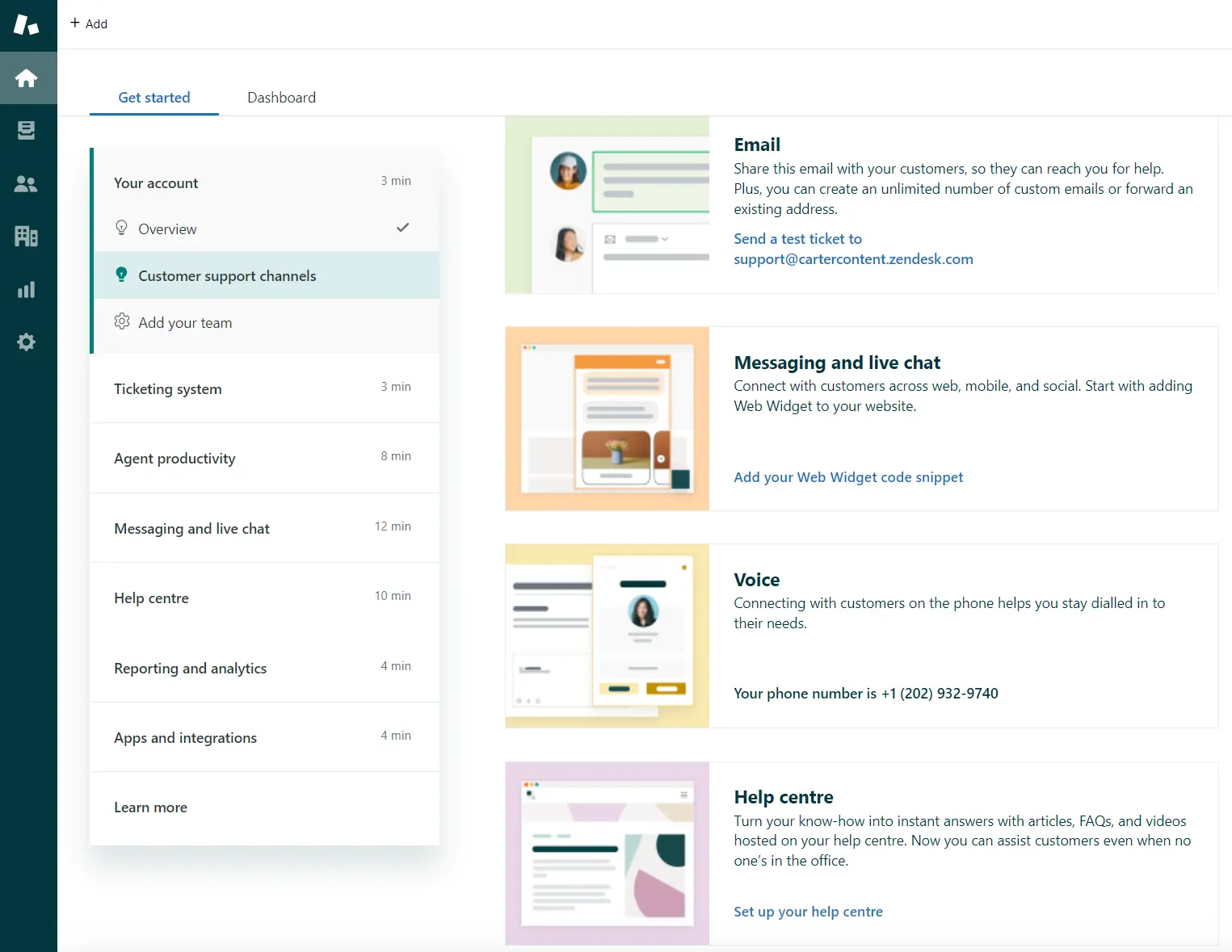
When you create your Zendesk account, you’ll be welcomed to your dashboard with a step-by-step to-do list that walks you through the process of connecting your various customer service channels.
Administrators can create a custom support email address, instantly access a live chat widget, and take advantage of the Zendesk ticketing system for managing customer requests.
If you choose to use Zendesk’s ticketing service, you can click on the “Views” tab in the left menu on your dashboard to browse through tickets based on various filters.
You can search for specific tickets and export tickets to share with your team.
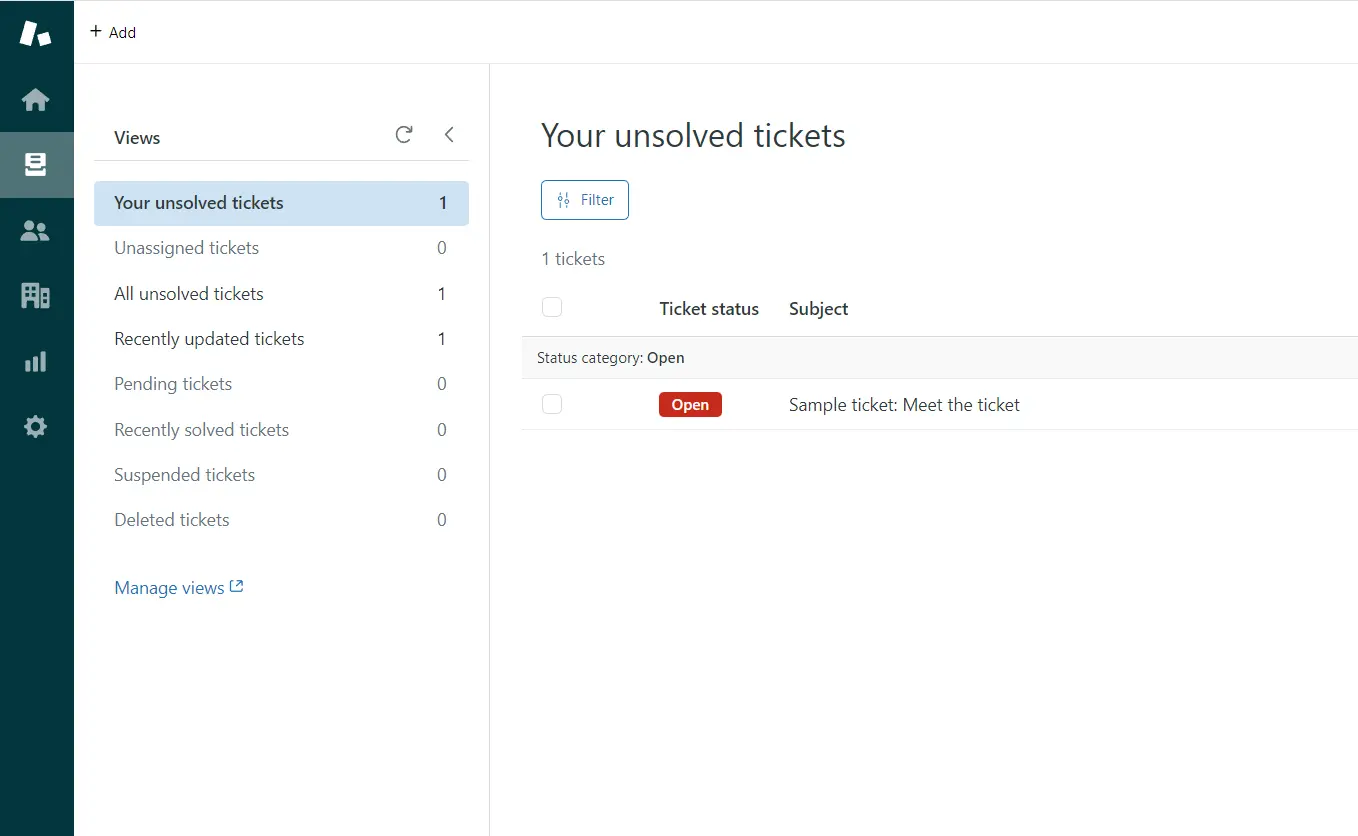
If you want to add more channels to your Zendesk environment, you’ll need to scroll down to the “Apps and Integrations” section of your dashboard.
Clicking “Explore the Marketplace” will take you to an environment where you can find over 1000 apps to add to Zendesk.
Options range from collaboration tools like Zoom, Microsoft Teams, and Slack to Mailchimp and Shopify.
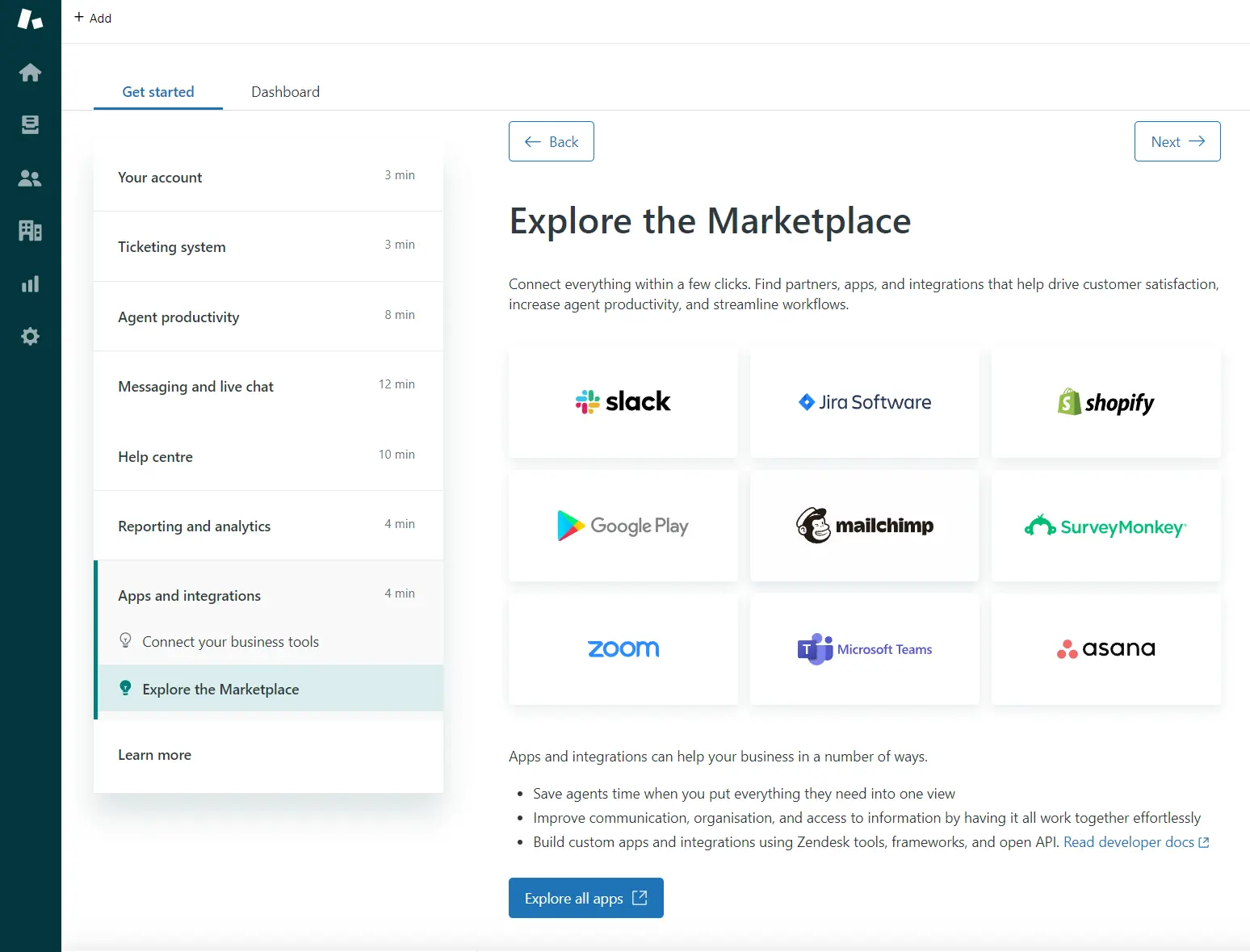
Companies with in-house developers or coding knowledge can also build custom apps and integrations using Zendesk tools, frameworks, and open APIs.
This is ideal if you want to create automated workflows for your teams.
Chat Widgets and Chat Bots
Similar to many other digital customer experience platforms, Zendesk allows users to connect with customers through chat widgets they can embed directly into their websites, mobile apps, and other environments.
You can also set up chat solutions on social media channels like Facebook, LinkedIn, and Instagram.
The Zendesk chat widget is pretty straightforward, but it lacks many customization options you might find on other platforms.
You can’t make many changes to the overall design of the widget aside from changing the color palette.
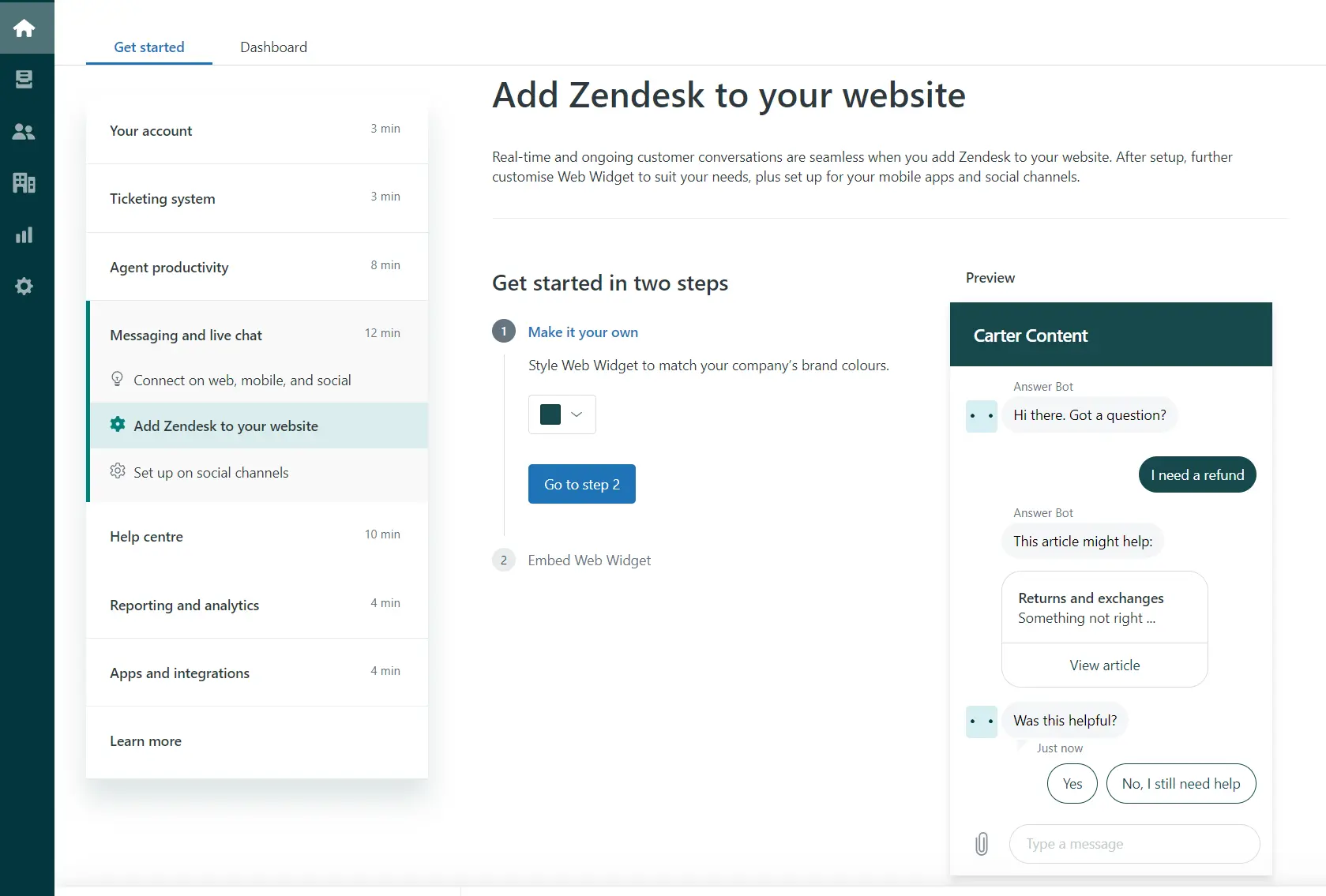
However, you can leverage intelligent routing tools and other solutions to upgrade your service strategy.
For companies searching for AI chatbots to help them manage customer queries, Zendesk offers two options.
You can even build a bot from scratch using Zendesk’s developer tools, a relatively complex process if you have no prior experience, or you can use an integration.
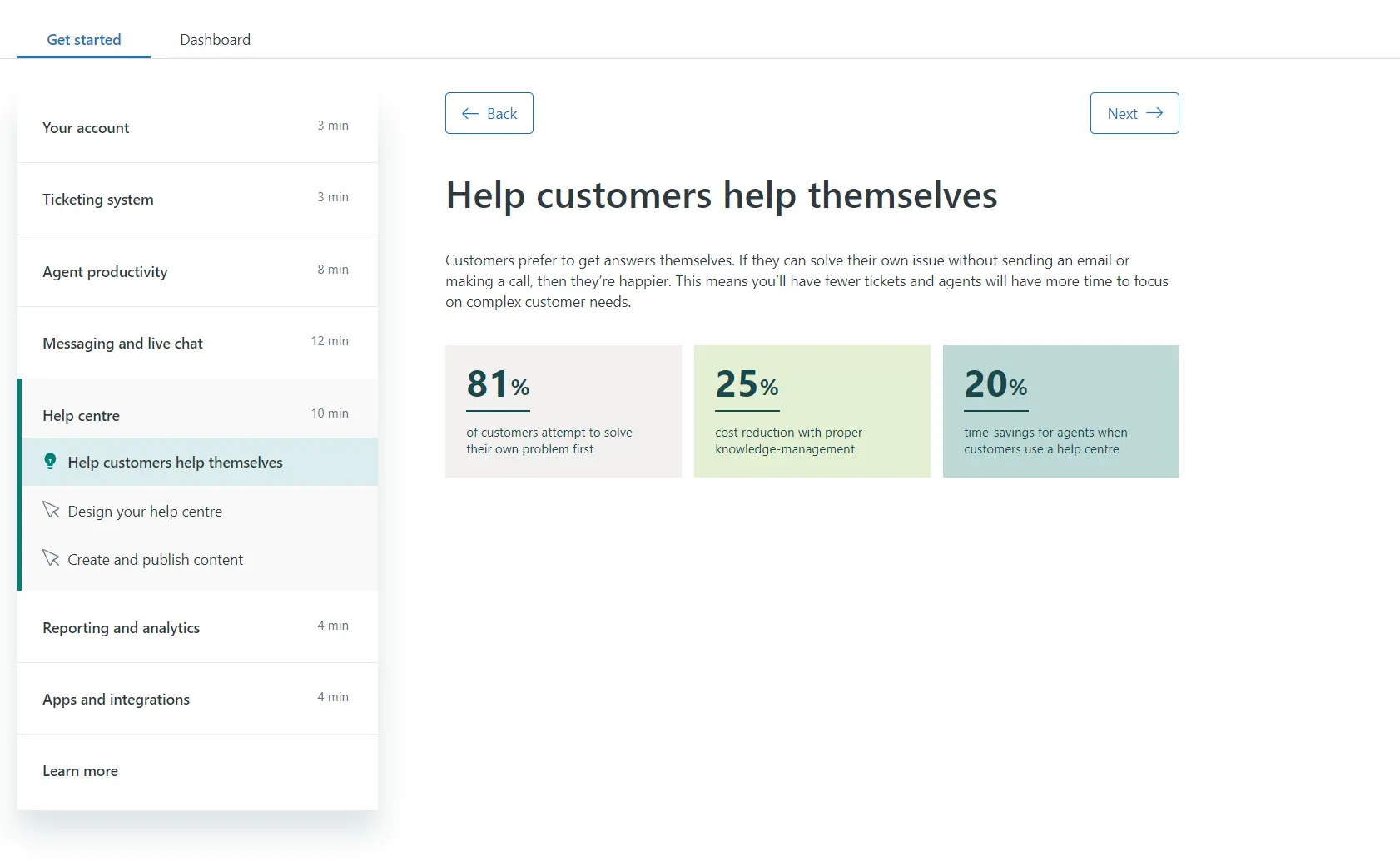
Overall, Zendesk makes it a little trickier to get started with bots than other solutions, such as LiveChat.
However, it does allow companies to deliver relatively straightforward self-service by creating a comprehensive help center.
You can design knowledgebases for both agents and customers in the same place, and design your own community forum, where you can publish content, connect with customers, and help clients resolve issues at their own pace.
Agent Productivity and Automation
Since it’s specifically designed for teams, Zendesk offers companies many features to help them empower their workforce.
First, every agent on your team will gain access to a streamlined dashboard where they can filter through tickets, track personalized statistics, and respond to customers without having to load another app.
In the “Settings” section of Zendesk, you can also set up “Macros,” which allows agents to access automated actions or responses to help them serve customers quickly.
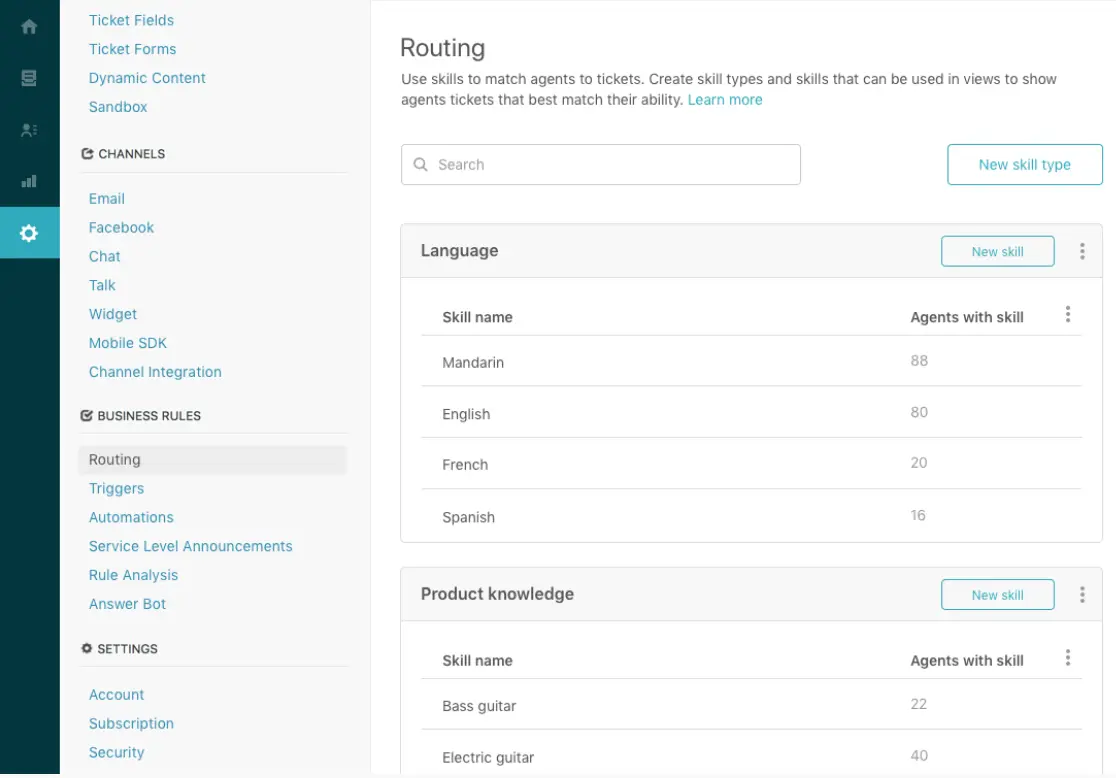
You can provide agents with the option to create their own macros and also track how frequently they’re used.
Alongside Macros, administrators also get access to triggers and automated workflows, which help minimize some of the repetitive work agents need to do daily.
Triggers allow admins to instantly send notifications to agents based on specific factors, like when a customer opens a message.
Automations allow you to build your own workflows from scratch, implementing data and actions from all of the integrated tools you use as part of your Zendesk environment.
Zendesk also has built-in routing and intelligence capabilities, which help ensure specific messages and requests are sent to the right agent based on their skills or availability.
Users can set up routing rules based on various filters, from the language used to request type, channel, and more.
Plus, you can create routing strategies that determine when a customer should be passed from a chatbot to a human agent too.
Setting up automation and routing strategies is a little complicated, but Zendesk does offer various documents and guidance to move you through the process.
Analytics and Reporting
One area that really impressed me with Zendesk’s platform is the reporting and analytics dashboard.
Powered by “Zendesk Explore”, the analytics section of your admin interface will provide behind-the-scenes insight into everything from the efficiency of your call center to your customer satisfaction levels, ticket volumes, and team productivity.
Zendesk Explore is marvelously feature-rich, making it easy to track all of the key metrics related to customer service and experience that might matter to your brand.
You can monitor individual or group agent performance, identify areas where your staff might need extra help, and create visualizations to download and share with your team.
The omnichannel analytics system automatically integrates data from every channel you use on Zendesk to get a complete end-to-end view of your customer’s journey.
You can switch between real-time and historical data, using long-term reports to review trends and changes and real-time dashboards to assist team members at the moment.
Zendesk offers pre-built dashboards to access every channel, pre-populated with best-practice customer service metrics.
Or, you can choose to build your dashboards and charts from scratch, dragging and dropping the information you need into one convenient pane of glass.
Alongside the Explore service, Zendesk also has a comprehensive customer profile section, where you can track information about each client you work with, add tags to provide your team contextual cues during service journeys, and more.
On top of all that, Zendesk also allows you to integrate data from other platforms with your reporting strategy to create a valuable single point of truth for your teams.
Zendesk Pros
Fundamentally, Zendesk is a fantastic, end-to-end tool for customer service and support, unifying multiple channels and analytical tools into a powerful dashboard.
It’s packed with ways to connect with your customers and offers various customization options.
Some of the biggest “pros” I discovered when experimenting with the platform include:
- Integrations and developer tools: Not only does Zendesk offer a variety of pre-built integration options to choose from, but it gives you the opportunity to create your own workflows with developer tools, frameworks, and open APIs. This makes the platform much more flexible and customizable than competing tools.
- Communication options: Compared to the other customer service tools focusing on chat I’ve reviewed, Zendesk offers a much wider range of communication options. You can leverage messaging across web, mobile and social, integrate video conferencing tools, and even connect your own telephony strategy.
- Automation and workflows: To streamline your team’s performance, Zendesk offers access to various workflows, triggers, and macros you can customize to suit your needs. You can even implement intelligent routing strategies to ensure your customer queries are always transferred to the right agent at the best time.
- Analytics and reporting: As mentioned above, the Zendesk Explore section within the Zendesk dashboard is one of the most compelling features of the platform. It provides fantastic insights into team productivity, business performance, channel functionality, and even customer satisfaction scores.
- Self-service: Though Zendesk may not offer the most intuitive in-built solution for building chatbots, it does provide access to a range of self-service options. You can create help centers and knowledgebases for customers and teams. Translate documents into multiple languages, design self-service customer portals, and more.
Zendesk Cons
While there are many great features to discover in the Zendesk platform, this solution might not be ideal for every customer service team. Here are some of the biggest downsides I discovered when exploring the Zendesk system:
- Chatbots: As mentioned above, while chatbots are available on Zendesk, they are a little more complex to implement and use. Additionally, your ability to use chatbots will be limited based on the pricing plan you choose.
- Learning curve: Zendesk is designed to be as intuitive as possible, but the platform isn’t quite as easy to understand and navigate as some other tools on the market. You might find you need to dedicate significant time to learning how to utilize everything.
- Pricing: Many of the most advanced tools available from Zendesk, such as private conversation threads, advanced voice capabilities, and integrated community forums, are locked into their most expensive pricing packages.
Zendesk Plans and Pricing
Zendesk offers a variety of pricing packages for both its Service and Sales platforms.
You can start exploring the platform with a free trial, but it’s worth noting that this won’t allow you to access many features, from intelligent routing to AI bot creation.
Paid plans are available for both everyday customers and enterprises. Options include:
- Suite Team: $49 per agent per month: Includes the ticketing system, messaging for web, mobile, and social media, live chat, voice, email, and SMS support, a single help center, automation and workflows, and a unified agent workspace. You can also access routing based on agent status and capacity, up to 50 AI-powered automated answers, reporting and analytics tools, and Zendesk APIs.
- Suite Growth: $79 per agent per month: All the features of Suite Team, plus up to 100 AI-automated answers, multiple help centers, AI-powered knowledge management, customizable ticket layouts, up to 50 light licenses, multilingual content and support, and SLA management.
- Suite Professional: $99 per agent per month: All the features of Suite Growth, plus access to advanced APIs, up to 500 AI-automated answers, more routing options, and live agent dashboards. You’ll also be able to use Sunshine Conversations for richer interactions, create custom and shareable dashboards, use private threads for conversations, and design community forums. Plus, this package includes advanced voice features, HIPAA compliance, data location options, and an Events Connector for AWS.
- Suite Enterprise: $150 per agent per month: All the features of Suite Professional, plus up to 1,000 light licenses, live data, and external dashboard sharing, advanced knowledge management, custom branding, and AI-powered conversation insights.
Companies can also access the “It Gets even more Powerful” service from Zendesk, which involves speaking to the sales team to create a fine-tuned package specific to their needs.
How Does Zendesk Compare with Other Chat Software?
Zendesk Vs LiveChat
LiveChat and Zendesk have a number of overlapping features, from a unified inbox and chat widgets to the ability to create AI bots.
However, LiveChat focuses more on the messaging side of customer experience, while Zendesk handles every kind of omnichannel interaction.
Zendesk also offers more features for custom API integrations and automation.
LiveChat does come out on top in some areas, however, It’s a little easier to use than Zendesk, and makes it a lot simpler to build a compelling chat widget.
Plus, you can use tools to forecast your employee needs, which you don’t get on Zendesk.
Zendesk Vs Tidio
Tidio is a much simpler tool for digital customer experience management than Zendesk. It focuses more on the marketing and sales world rather than looking exclusively at customer service, with built-in email marketing automation and email validation.
You can’t interact with customers across SMS and telephone services on Tidio, however.
Tidio and Zendesk offer similar routing capabilities, but Zendesk goes a little further in ensuring you can engage and align your teams.
Zendesk offers more automation options, higher levels of analytics with Zendesk Explore, and more robust APIs.
Zendesk Vs JivoChat
JivoChat and Zendesk have a lot of similarities in the omnichannel communication options they provide.
Both tools will allow you to connect with customers across numerous channels, including voice and social media.
However, JivoChat has a few more tools to assist agents, such as spell-checking and spam protection tools.
Zendesk, on the other hand, benefits from much more in-depth reporting, more advanced tools for help center and knowledgebase creation, and powerful journey workflows.
It also provides access to real-time dashboards for tracking agent performance, which isn’t available with JivoChat.


